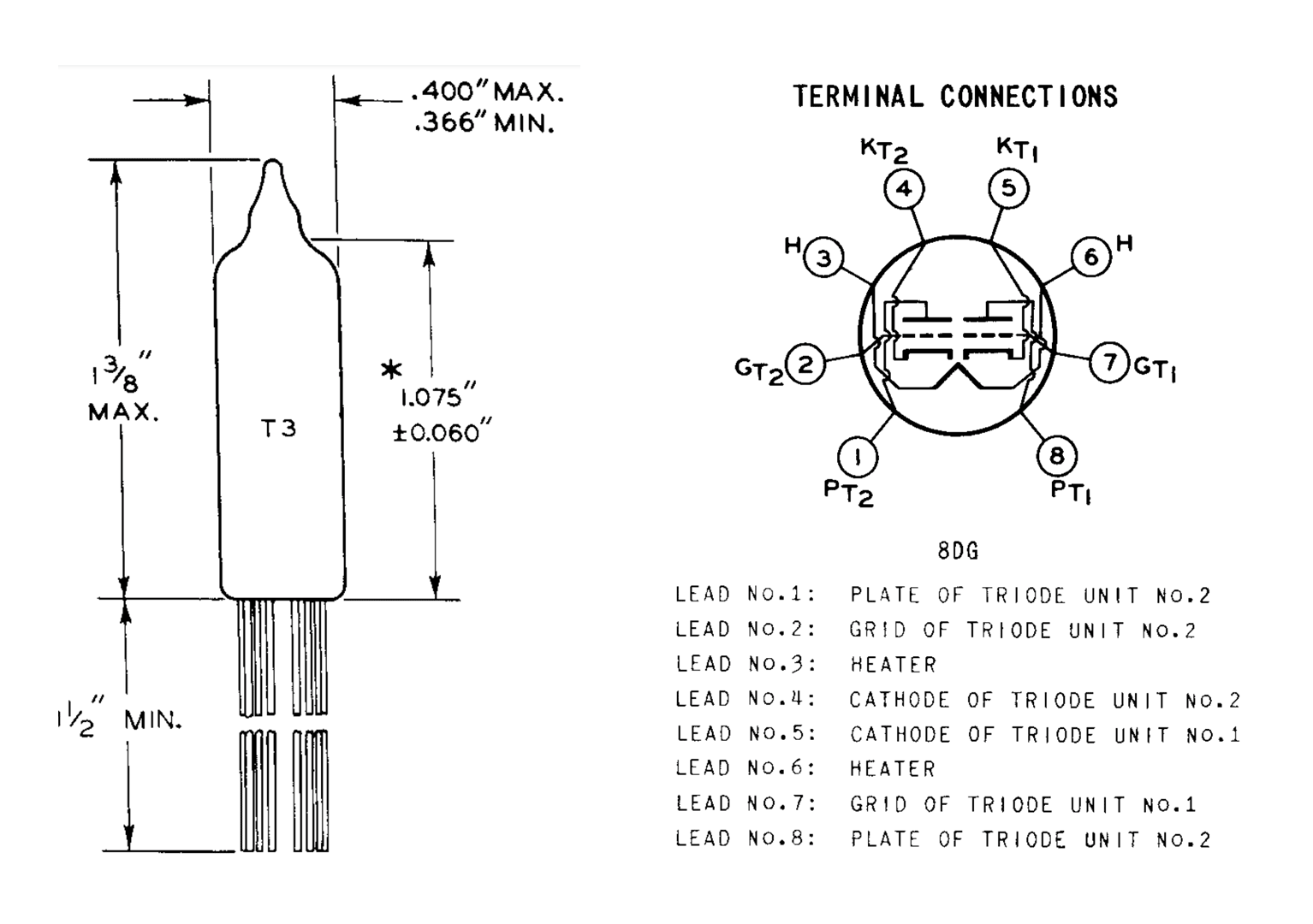It has long been the accepted response at guitar fora, whenever a pedal featuring a tube comes up for discussion, that “the tube is just there for looks” or “it just acts like clipping diodes”. In short – that no gain is being generated and no authentic tube sound could come of a box running a tube not on the hundreds of volts they receive in the typical amplifier setup. Sure enough, there are plenty of devices out there that seem to feature a tube “just for the heck of it”, sometimes with an LED mounted just under the tube, to fake a tube glow. Some have even gone as far as using blue LEDs to add insult to injury, as if a tube would be able to glow at that colour without disintegrating itself within seconds.
However, as the saying goes, one shouldn’t believe all they hear or read. There are legitimate uses for the “starved plate” design – so called because, while the filament (or heater) of the tube usually receives an adequate voltage to glow and “turn on” the tube, the plate and grid are starved of the higher voltages that would bring them within their intended headroom and THD (total harmonic distortion) parameters.

The key words we’re looking for here are “intended parameters”. Tubes were never invented to purposefully distort. Tube distortion was one of those “happy accidents” that just happened to emphasise harmonics that are pleasing to our ears, once they are pushed for headroom. Engineers and designers have exploited those characteristics for decades now, sometimes using tubes “the wrong way” in order to give us subtle harmonic distortion that has been described as “fat” or “warm”. This distortion is usually composed of even-order harmonics. Transistors have also been used much the same way, and in fact both devices (tubes and transistors alike) can produce both even or odd-order harmonics (which are commonly described as “harsh” and “shrill”).
Our Azzurro design makes use of a vintage military-spec 6111 dual triode tube, with tonal characteristics similar to the ubiquitous 12A*7 family as its main gain-generating device. The 6111 is a marvel of midcentury engineering. Initially created for use in fighter jet navigation and radar systems, it gives audio designers a wide berth to play with, as with most military gear of the day, it has been over-engineered to the point that it will bend to a great degree before it breaks. We take advantage of this by running the heaters (originally intended to run at 6.3VDC) at 9 or 12 Volts and by applying the same voltage to the plates. This generates a good amount of gain with a low enough headroom, creating a pleasant rhythm overdrive as the gain knob is turned up. (Remember, this is a guitar pedal, not a hi-fi device.) Again, without the use of the boost channel, the tube is the only device amplifying the signal here. The circuit has been voiced to sit somewhere between the characteristic jangle of early Fender 5E3 amps and the strong midrange of the legendary Marshall Bluesbreaker. The Tone and Volume knobs are very interactive with each other and the circuit is also very responsive to the player’s picking dynamics.
The Boost channel, on the other hand, employs a well-known Class A MOSFET design with gain characteristics similar to a pentode vacuum tube. It has been placed before the tube in the signal path in order to drive the tube harder and further emphasise its breakup characteristics. With the Boost channel engaged, even-order harmonics take center stage but some odd-order harmonics will also be generated, creating a killer lead tone with tons of sustain and enough character to stand out in the busiest of mixes.